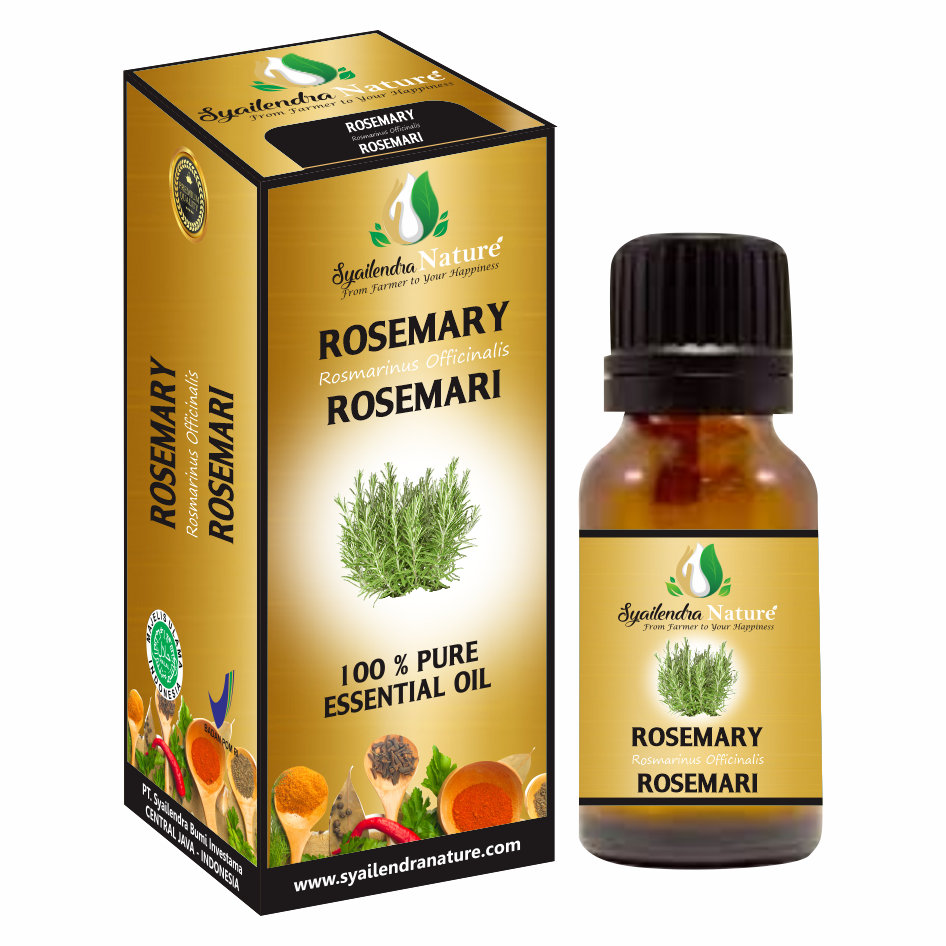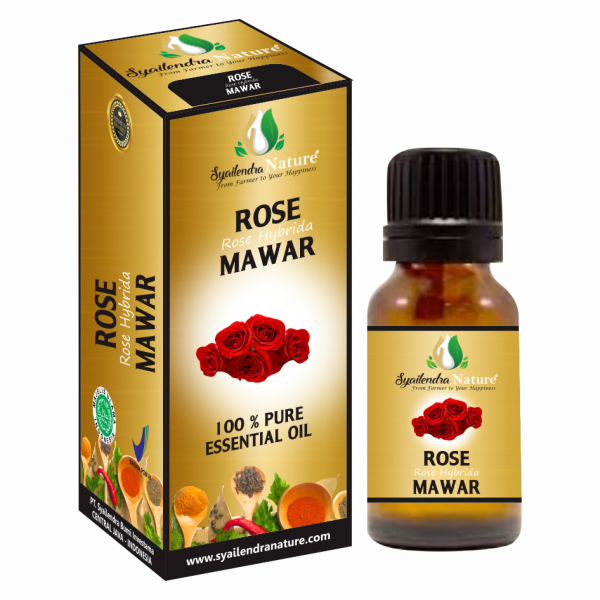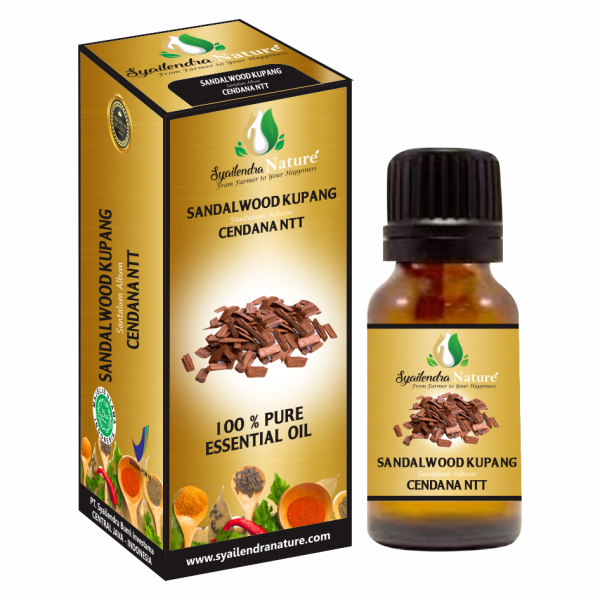Botany
Rosemary plant belongs to the family Lamiaceae. This is an aromatic shrub that has dense and scaly bark. Leaves are needle-shaped. Flowers are pale blue in colour and small in size. The plants grow to a height of 2m.
Brief History of Rosemary Oil
The top of the flower were used to extract oil that appears pale yellow in colour. Due to camphor like aroma, it was used in Roman burial rites.
Historical Uses
• During the World War II, the leaves of the plants were burnt in order to purify the air of the hospitals.
• Historically, the oils were used by Greeks & Romans around their heads during studying hours as it was believed to boost memory.
• This oil was used by Romans in the Mediterranean for culinary purposes.
• Egyptian used this oil for incense.
• All throughout the civilizations, it was used in the preparation of cosmetics due to its anti-inflammatory, anti-microbial, anti-oxidant and antiseptic properties.
Therapeutic Benefits
• Rosemary Oil is used to combat different types of cancer such as ovarian, colon, liver, breast, lung, pancreatic and liver cancer.
• The oil possess many therapeutic benefits such as hepatic, carminative, cordial, antidepressant, analgesic, stimulant, digestive, etc.
• This is also used to elevate cortisol level as well to treat hair loss, Dementia and Alzheimer disease.
Blends well with
Rosemary essential oil goes well with Frankincense , Cedar, Bergamot and Basil.
General Precautionary Measures!
• The oil is not suitable for those people who are suffering from high blood pressure or epilepsy.
• As the oil is concentrated in nature, it should first be diluted and applied topically to the skin.
• Rosemary Oil should not be used for children below the age of 6 years.
• Avoid using the oil in mucous membranes; avoid eye contact and applying it in the sensitive parts of the body.














Reviews
There are no reviews yet.